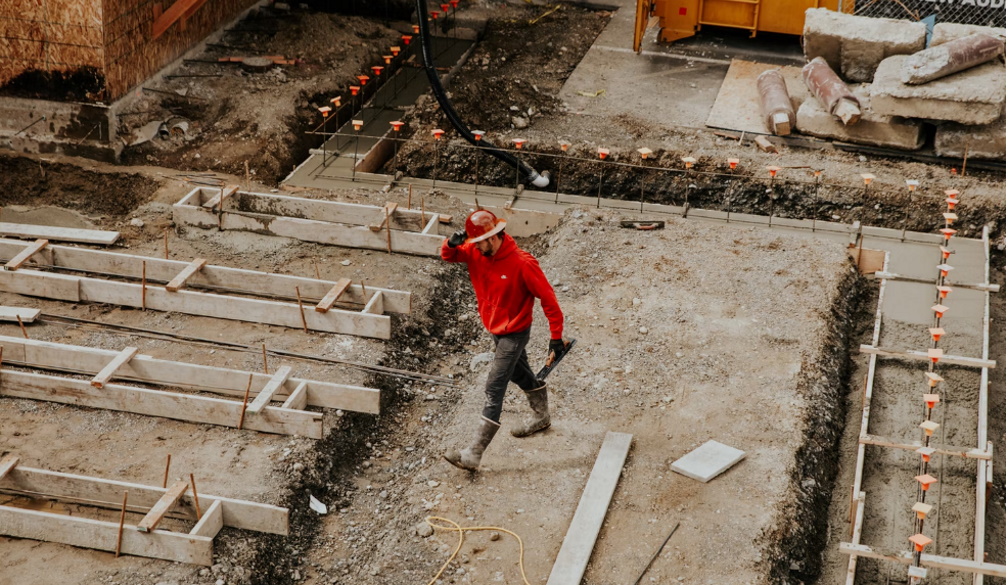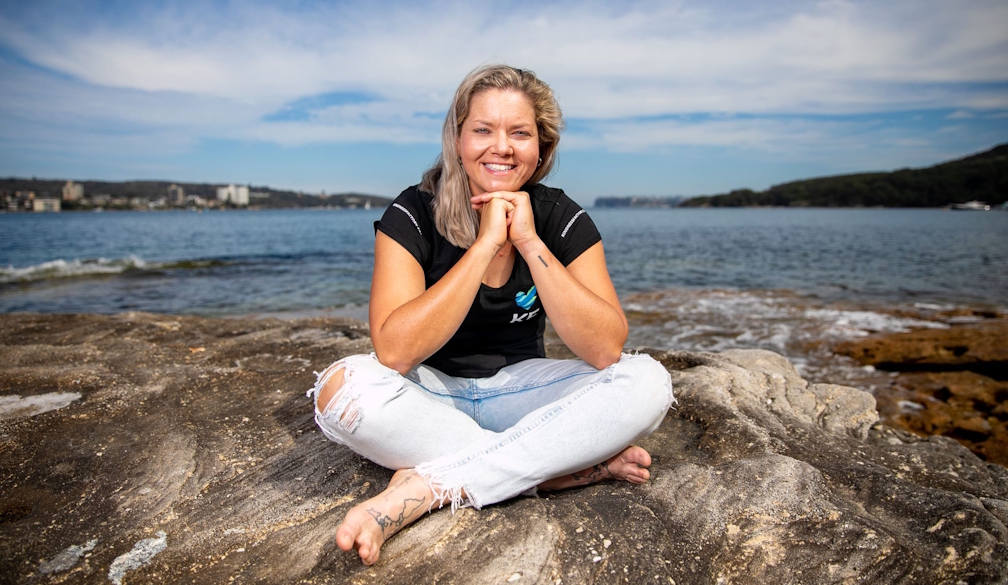Housing stress takes a toll on mental health. Here’s what we can do about it
- Written by Ehsan Noroozinejad, Senior Researcher and Sustainable Future Lead, Urban Transformations Research Centre, Western Sydney University

Australia’s housing crunch is no longer just an economic issue. Research clearly shows[1] people who face housing insecurity are more likely to experience mental ill-health[2].
For this reason, secure housing must sit at the heart of any mental health plan.
Australia’s housing shortfall
Rents rose so fast in 2024 that Australia’s Rental Affordability Index[3] now labels all major cities and regional areas “critically unaffordable” for people relying on benefits such as JobSeeker or a pension.
Vacancy rates hover near 1%[4], the lowest in decades. Mortgage costs chew the biggest slice of income since the mid-1980s[5].
On Census night in 2021[6], 122,494 Australians were homeless. Of these, more than 7,600 people slept rough, and nearly one-quarter were aged 12–24.
Data from homelessness services[7] and headcounts of rough sleepers[8] since 2021 suggest today’s figure is higher.
Read more: Why is it so hard for everyone to have a house in Australia?[9]
Housing stress quickly turns into mental distress
In a national survey[10], four in five renters said they spend more than 30%[11] of their income on housing.
This 30% threshold[12] is important. A 2025 study[13] that followed more than 10,000 Australian renters found mental health drops fast once housing costs exceed the 30% mark. Missing a rental payment was linked to a further drop in mental health.
Earlier research[14] has similarly found that among low- to moderate-income households, when housing costs exceed 30% of income, mental-health scores fall compared with similar households who spend less than 30%.
Another recent Australian survey[15] found 38% of private renters feel their housing circumstances harm their mental health, versus 23% of owner-occupiers. This is driven by a mix of housing insecurity (such as short leases and eviction risk) and poor housing conditions (for example, cold homes or mould).
Meanwhile, helplines have reported[16] cost-of-living pressures, including housing insecurity and homelessness, are driving an increasing number of calls.
Who is at highest risk?
In a sense, the housing ladder doubles as a mental health ladder.
Homeowners, with long-term security, sit on the top rung[17].
Private renters arguably ride the roughest road. Six-month leases, “no-grounds” evictions and “rent bidding[18]” (where applicants may feel compelled to offer above the advertised rent to beat other applicants) keep people on edge.
Social housing residents often start with bigger challenges (43% live with mental health issues[19]), but low rent and fixed leases steady the ship.
People with no stable home[20] face the steepest climb. One review[21] looking at people experiencing homelessness in high-income countries found 76% had a current mental illness.
This is likely linked in a large part to a feeling psychologists call “learned helplessness[22]”. After the tenth rejected rental application – or the 15th, or the 20th – people ask “why keep trying?[23]”. Motivation drops, and depression rises.
What’s more, a stable home makes it easier to do things like hold down a job or finish TAFE. Housing insecurity can therefore compound other problems such as unemployment[24], which are also linked to poor mental health.
What can we do about it?
Mental ill-health already drains roughly A$220 billion from Australia’s economy each year[25] in lost productivity and health-care costs.
Housing stress piles extra costs onto the health-care system[26]: more GP visits, more ambulance call-outs, more pressure on emergency departments.
Meanwhile, homeless shelters[27] turn people away daily because beds are full.
This is without even accounting for the physical health effects[28] of poor quality housing, including illnesses caused or exacerbated by problems such as mould, damp and cold.
All this means fixing the housing crisis[29] is likely to generate savings for the health-care budget.
There are several ways we can do this.
1. Build more social housing
As of June 2024[30], about 4% of Australian households lived in social housing, equating to roughly 452,000 dwellings nationwide.
The National Housing Supply and Affordability Council’s State of the Housing System 2025 report[31] recommends boosting social housing to 6%[32], with a long-term target of 10% of all homes. This would be a major step to cool the market and cut mental distress.
2. Protect renters
This should include ending no-grounds evictions, capping rent hikes to wage growth, and lifting Commonwealth Rent Assistance[33].
3. Link housing to health policy
On this point, Australia can take lessons from abroad. Finland[34], for example, has made “Housing First[35]” national policy. This approach gives people experiencing long-term homelessness a permanent apartment and access to support. It has cut rough sleeping[36] significantly.
Meanwhile, Aotearoa New Zealand’s Homelessness Action Plan[37] aims to make homelessness “rare, brief and non-recurring” by funding Housing First in every region.
A trial in Canada[38] gave more than 2,000 participants across several cities experiencing homelessness and mental illness a permanent home plus access to voluntary support.
Evidence from Canada shows Housing First keeps people housed and reduces demand on emergency and hospital services. Pilots in the United Kingdom[39] are indicating similar benefits.
While there have been some promising programs[40] in parts of Australia, there’s more to do.
Secure housing targets should sit inside the National Mental Health and Suicide Prevention Agreement. On the flip side, Australia is currently drafting a National Housing and Homelessness Plan[41]. Mental health goals should be incorporated into that plan.
Just as clean water prevents disease and seat belts cut road deaths, a stable, affordable home is vital for mental health. Without bold action, we face a long-term social crisis[42].
This article is part of a series, Healthy Homes.
References
- ^ clearly shows (doi.org)
- ^ mental ill-health (www.smh.com.au)
- ^ Rental Affordability Index (sgsep.com.au)
- ^ hover near 1% (sqmresearch.com.au)
- ^ biggest slice of income since the mid-1980s (www.abc.net.au)
- ^ in 2021 (www.abs.gov.au)
- ^ homelessness services (www.aihw.gov.au)
- ^ headcounts of rough sleepers (www.nsw.gov.au)
- ^ Why is it so hard for everyone to have a house in Australia? (theconversation.com)
- ^ a national survey (everybodyshome.com.au)
- ^ more than 30% (www.abc.net.au)
- ^ 30% threshold (www.aph.gov.au)
- ^ 2025 study (doi.org)
- ^ Earlier research (doi.org)
- ^ recent Australian survey (www.ceda.com.au)
- ^ helplines have reported (www.lifeline.org.au)
- ^ sit on the top rung (bennettschool.cam.ac.uk)
- ^ rent bidding (www.nsw.gov.au)
- ^ mental health issues (doi.org)
- ^ no stable home (www.aihw.gov.au)
- ^ One review (doi.org)
- ^ learned helplessness (www.simplypsychology.org)
- ^ why keep trying? (www.abc.net.au)
- ^ unemployment (doi.org)
- ^ A$220 billion from Australia’s economy each year (www.ranzcp.org)
- ^ health-care system (assets.csi.edu.au)
- ^ homeless shelters (homelessnessaustralia.org.au)
- ^ physical health effects (theconversation.com)
- ^ fixing the housing crisis (www.ahuri.edu.au)
- ^ June 2024 (www.aihw.gov.au)
- ^ State of the Housing System 2025 report (nhsac.gov.au)
- ^ boosting social housing to 6% (homelessnessaustralia.org.au)
- ^ Commonwealth Rent Assistance (www.servicesaustralia.gov.au)
- ^ Finland (ym.fi)
- ^ Housing First (endhomelessness.org)
- ^ cut rough sleeping (www.theguardian.com)
- ^ Homelessness Action Plan (hud.govt.nz)
- ^ in Canada (mentalhealthcommission.ca)
- ^ the United Kingdom (www.gov.uk)
- ^ promising programs (aaeh.org.au)
- ^ National Housing and Homelessness Plan (www.dss.gov.au)
- ^ long-term social crisis (www.smh.com.au)

















